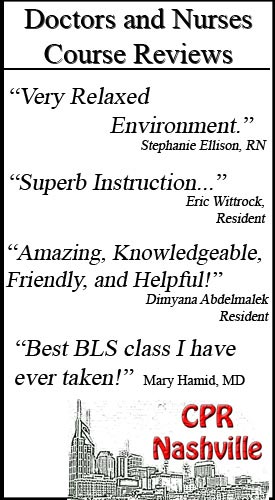The human spinal column normally consists of 33 vertebrae, 24 of which are independent; the remaining 9 are fused in the coccyx and sacrum. Vertebrae are separated by cushions called discs or disks. Discs may become damaged or herniated (moved out of place) due to age, physical trauma, or even genetic predisposition to stenosis, a narrowing of the spinal column.
Herniated discs have the potential to irritate or compress the surrounding nerves, which may cause weakness of the affected limb, numbness and tingling, and pain. Treatment varies widely based on type and severity of symptoms: physical therapy, massage, traction, injection of anti-inflammatory steroids such as cortisone, other oral anti-inflammatory or pain medication, and surgical intervention.
Surgical intervention is usually a last resort, when symptoms do not respond to other, less invasive forms of treatment. However, surgery may be considered as a primary option if the disc or discs are so badly damaged that more conventional treatment would not prove effective. A discectomy may be at a single level, or may involve multiple levels/discs. The problem disc(s) are fully or partially removed, and then a spinal fusion is usually completed at the same time. The fusion strengthens the segment of the spine being repaired.
For discectomy and fusion of lumbar (lower back) discs, a posterior (from the back) approach is taken; this involves cutting through some muscles of the back and is therefore more painful and requires a longer period of recovery. Unfortunately for low back pain sufferers, the posterior approach is the only option. For persons in need of discectomy and fusion of cervical (neck) discs, a less invasive anterior (from the front) surgical approach is in vogue. An incision is made in the throat area, the esophagus is moved out of the way, and the discs are removed and fused as necessary.
As part of the fusion, a bone graft is usually inserted to fill the space previously occupied by the damaged disc or discs. This prevents a collapse of the spinal column in the affected area, and promotes fusion of the vertebrae in question, which are thereby strengthened. The bone graft can consist of the patient’s own bone, almost always collected from the hip; this type of graft is known as an autograft. Bone from a bone bank donor or cadaver may also be used; this type of graft is called an allograft. Auto- and allografts each have their own advantages and potential complications. To summarize, an autograft achieves the desired fusion in a vast majority of patients, but requires an additional procedure to collect the graft from the patient; an allograft eliminates the need for the collection procedure and has little chance of rejection by the patient, but evidence seems to indicate a greater likelihood of failure of the fusion.
Recently a third option, artificial bone graft substitute, has come into favor. It is typically used in conjunction with a spinal implant made of a durable material such as titanium. The implant connects the spinal levels being fused and allows the bone graft substitute to grow into place.
While spinal fusion can be a boon to herniated disc sufferers, the more levels are fused, the greater potential for future stresses to be transferred to other, non-fused levels exists. Careful consideration should be given to exploring all non-surgical options prior to surgical treatment.
Sources and further reading:
http://en.wikipedia.org/wiki/Vertebral_articulation
http://www.mayoclinic.com/health/diskectomy/MY00673
http://www.spine-health.com/treatment/back-surgery/acdf-anterior-cervical-discectomy-and-fusion





